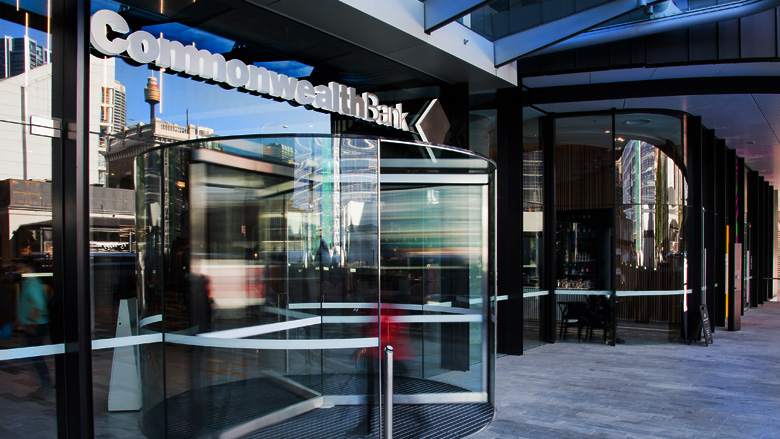Matt Comyn, CBA’s CEO said: “The March quarter underlined the disciplined execution of the Group’s strategy, focused on our core banking franchises, which delivered continued volume growth, sound portfolio credit quality and ongoing support for our customers and communities, in particular to those most affected by extreme weather events in many parts of the country including the catastrophic East Coast floods and WA bushfires.”
Another feature of the quarter was the Group’s strong balance sheet settings, a period in which CBA paid $3 billion in half-year dividends to shareholders, added Mr Comyn.
As for the previously announced on-market share buy-back of up to $2 billion, this will be conducted across the remainder of the 2022 calendar year. In the meantime, CBA last week obtained regulatory approval from the China Banking and Insurance Regulatory Commission in respect of the partial sale of shares in the Bank of Hangzhou, a transaction that was disclosed in March.
“Looking ahead, we are well positioned to support business investment to build Australia’s future economy,” said Mr Comyn. “Through disciplined execution of our strategic agenda, we will continue to deliver for our customers, communities and shareholders as we build tomorrow’s bank today.”
Loan impairment expenses remained low in the quarter to 31 March 2022 with a lower level of troublesome and impaired assets as a proportion of Total Committed Exposures (TCE), down $200 million in the quarter to $6.6 billion or 0.51 per cent of TCE.
Consumer arrears, as measured by payments by customers on personal loans, credit card borrowings and home loans that are outstanding by three months or more, remained low.
Total credit provisions amounted to $5.7 billion as the group continues to adopt a cautious approach to managing potential risks, including higher interest rates, inflationary pressures and supply chain disruptions.
The Group’s Common Equity Tier 1 (Level 2) ratio, which is the measurement used by regulators to gauge the financial strength of banks, stood at 11.1 per cent at the end of the quarter. This was down slightly since the half year result after taking into account the payment of $3 billion in dividends to the Group’s 870,000 shareholders.
Operationally, the combination of growth and higher non-interest income, driven in part by Treasury earnings, helped offset a lower net interest margin (NIM) caused by elevated swap rates, mix effects and on-going lending competition. Volume growth saw business lending grow at ~1.5 times system during the 12 months to March, household and business deposits was above system and home lending in line with system.

